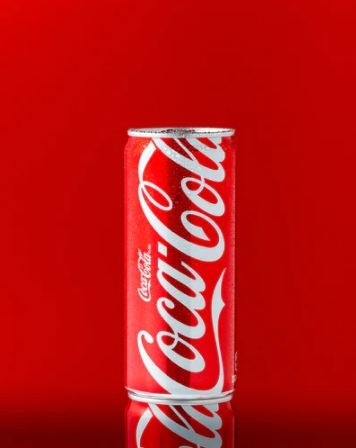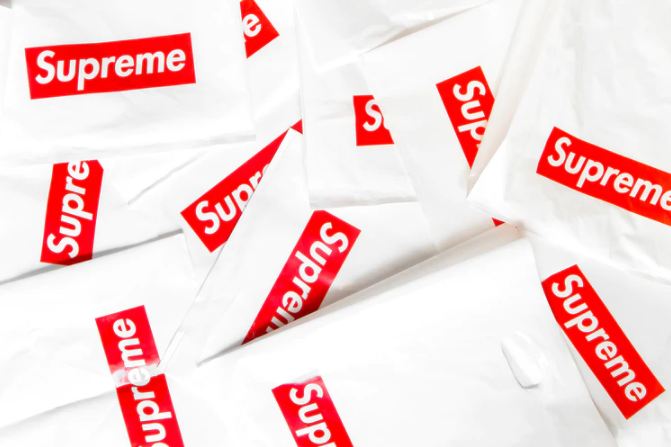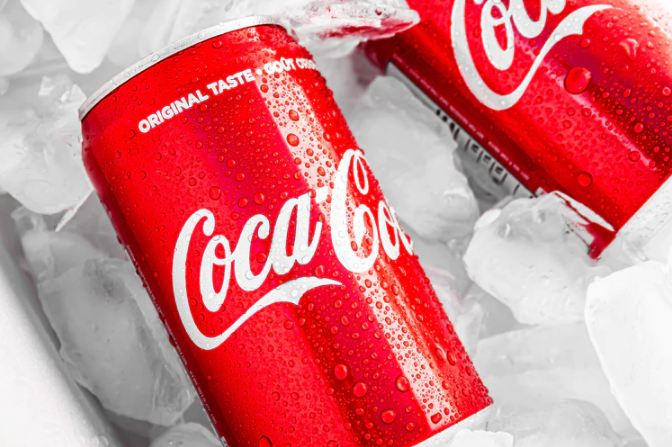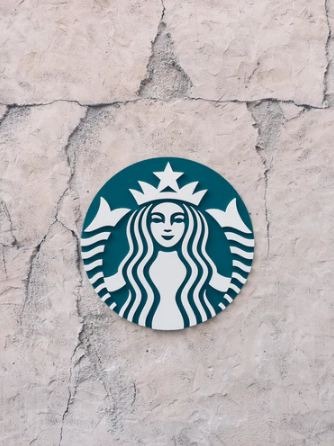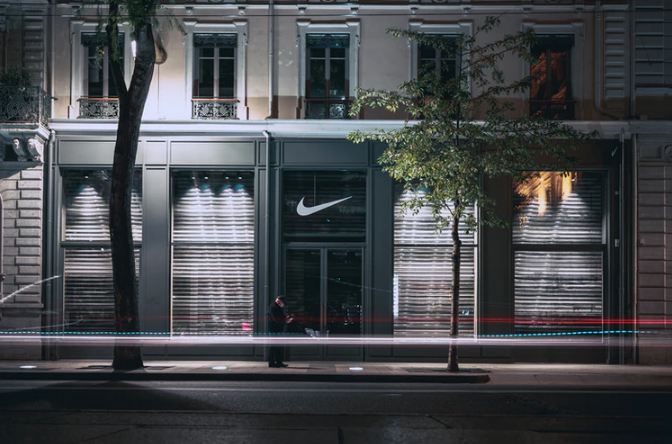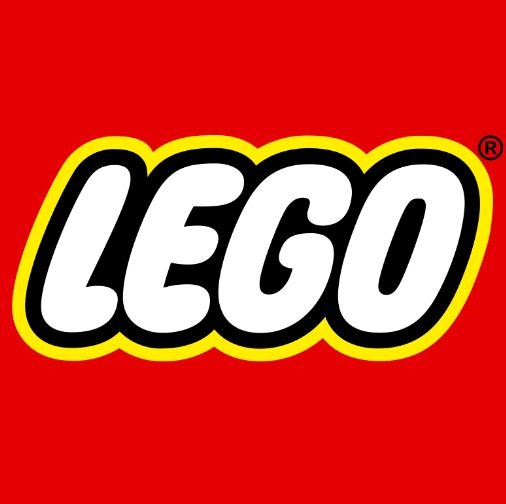Running a business is not a child’s play. No matter how easy it may seem in the noir dramas where some high-profile criminal sets up a whole business within weeks, that is not the case. Setting up a business requires more than tons of money, and more often than not, it requires careful analysis.
When a person decides to start their venture, they note down factors that may affect his overall profits. Of course, the result everyone wants is to get the maximum outcome that keeps growing steadily. But to achieve that, one must be aware of the audience they attract, how they introduce themselves to the world, and the methodology by which they retain the quality of their services.
Most people get confused between a brand and a business. Many think that they are the same thing. These two terms are related, but they are not the same. Let’s look at what a brand actually means and how crucial branding is for a business.
What is a Brand?
Imagine you are stranded in the middle of nowhere in peak summer. Your throat feels dry with thirst, but there is not a single place to go for help. You keep on walking when suddenly, you see a red board with something written in white in cursive style. Your heart beats faster as you recognize what that is despite the distance. Your all-time favorite drink!
So, how did you make out what the board was about? It is because your favorite drink is a popular brand. The brand is so popular that you do not even need to read what was written. The colors and writing style were enough for you. This is the actual purpose of a brand, and that is why a successful business needs to create a strong brand.
A brand is what speaks to your customers. It tells about your products and services in a way that is understandable for common people. A well-thought brand is bound to bring loyal customers and can potentially make or break a business’s life span.
Contrary to popular opinion, a brand is not a product or service offered by a company or business. In fact, a brand is nothing concrete. It is an abstract thing that lives in your customer’s minds. It is the perception with which people recall their experience with your business. That is exactly why a red board with white cursive writing instantly made you perceive Coca-Cola!
The Importance of a Brand
People who are new to the corporate world make a huge mistakes quite often. They leave branding and brand creation to the very last. They do not comprehend the importance of a brand and how it affects the entire empire. It is of utmost importance that the brand strategy must be done side by side with the business strategy. Why? Because branding covers up a lot more than a logo, tagline, and other visual elements.
Attracts Customers
A strong brand has the power to change hearts. It can compel you to buy from you rather than from your competitors. It can also attract more customers who are more likely to turn their loyalties to you.
While creating a brand, it is essential to keep the target audience in mind. That way, your focus will be narrower, and you won’t have to exhaust your budget in places where your company has no meaning. Since you’ll know who to target, the people will see their wishes come true in your company. More often than not, such people make the most loyal customers.
Effective Marketing
Doing thorough homework for your brand ensures that you will have ample data for marketing your products. Branding already does the baby steps that lead to marketing strategy, position and placements, and advertising campaigns. It helps you target your audience and have a fully focused marketing strategy. Such strategies always work like a charm and are bound to last long.
Sells Better
A product with a strong brand at its back sells way more than a product without it. From a salesperson’s experience, a more familiar brand to people is easy to sell off. They don’t have to do the convincing because the brand has already done it for them. People have it in their minds that a certain brand has a higher value. So the next time they see it, there is a high chance that they’ll buy it.
Favors High Prices
It’s true when they say that people do not buy products – they buy a brand. Even if the product of a good brand is of a little higher price, a loyal customer will go for it. A plain shirt with an Armani tag costing $150 will not be seen as something alien. The right people will buy it because they know that a solid brand backs Armani.
Increases Business Value
A powerful brand will most certainly give your business the boost it needs. It confirms that your company stands out among your fellow competitors. The more loyal customers you have, the more value your business will have. After all, there is something in your company that it gets so many customers.
Now that you are aware of the concept of branding and its importance, it is time to know why businesses choose to rebrand their brands. So far, you have understood that a brand has a lot to do with your customer’s perceptions of your company. But what makes a business of any scale rebrand anything, and it should be done properly.
Rebranding
Rebranding is analogous to what you do to your room when you want a new look. You paint the walls into colors, change the setting of things, replace old furniture, and maybe adds a thing or two. This is exactly what companies and firms do. They change their whole look when they decide to rebrand.
A rebranding strategy revolves around the core of your business. Since nothing remains the same for too long, it is safe to assume that the core of your business may have changed a bit. To bring about that change in front of the world, companies opt for rebranding. Keep in mind that, like branding, rebranding is also more than changing the visual elements.
Why Rebrand a Business?
There are many reasons for which a rebranding comes in order. Businesses usually work hard before making a final decision. By no means is it something spontaneous that can be done at a whim. Remember, a good brand is what dictates your business to your customers. Companies rebrand because:
- They want to expand their businesses to other places within and outside the country.
- They want to introduce a new product or service.
- Their aims and goals are no longer what they were in the past.
- A legal reason or an internal matter calls for a drastic change.
- They need to use a new marketing strategy.
- They have merged with another company or acquired a new one.
- They have redefined their target audience.
Apart from these, there could be a possibility that you as a CEO have gotten bored of the existing brand. It is generally not advised to change a brand just because it does not appeal to you. You as the head must consider that what you hate today is something that your customers love. They may not be as willing to accept the change that you want to introduce. Will you be okay with seeing a blue board with green cursive for a Coca-Cola advertisement board? You know the answer.
Additionally, do not use the rebranding strategy to revive what is already lost. If your company is in the middle of a crisis, rebranding won’t save it. There is a high chance that it might even backfire. Covering up an internal crisis is always a bad idea, and your customers can always look through it.
Rebranding as a surprise may give your company the attention you crave, but it will be short-lived. The hype will die out when your customers will realize that nothing really has changed. Worst case scenario, you will lose your loyal customers who were there because of the brand in the first place.
Types of Rebranding
The bigger they are, the higher the chances of loss if rebranding fails. A small venture with a couple of years of experience can put everything on the line. But a huge firm will have to thoroughly plan every aspect before implementation. That is why it is important to know whether your business requires a full makeover or a few changes here and there can be enough.
1. Partial Rebranding
This type of rebranding is opted by already established companies who want to make minor changes in their original brands. The reason could be anything from launching a new product to keeping the company in line with modern times. It’s more like adjustments rather than some drastic identity changes.
Partial rebranding may include changing the logo or simply the colors of the logo, a new tagline, or maybe a new focal person. Hiring celebrities to represent a brand has been an old trick in the market. People buy products that are endorsed by their favorite personalities. Such minor changes hold power to successfully boost the outcomes.
2. Total Rebranding
As the name indicates, total rebranding has everything on the table. A company is said to be under total rebranding when they plan to change everything about the original business. That includes the name, vision, philosophy, products and services, and everything between them. This type of rebranding is necessary when a firm is unsure if they are using their assets to the fullest. The new CEO may point out some major weaknesses and order the company to announce an infinite hiatus. This does not mean that the company is going at a loss – it simply means that they will be “back with a bang”!
The total rebranding comes in order, especially in the case of a merger. A merger is the term used in business when two or more companies decide to join hands. They merge their products and services and come out to the world as one big company. In such a situation, everything changes. And every change defines the new ideology.
How to Successfully Rebrand
If you have sincerely decided to rebrand your brand, it means that you know the reasons behind it. It could be any reason from the above mentioned. It could also be something you had not foreseen initially, but now you have realized that things are not adding up. So how this magic of rebranding happens, let’s take a step-by-step look:
1. Brand Audience

This is what happens when you realize that your target audience has changed. It could be because you have launched a new product or maybe you want to keep up with modern times. Either way, a big part of rebranding goes into taking your current and the new targeted audience into consideration.
2. Reformulate Your Vision & Mission
The “new” thing in your firm is what that’ll trigger every other aspect in motion. It will push you to rewrite your company’s vision and the techniques you’ll use to make it happen. By vision, we mean where you see your company in the future and what it should offer. A steady mission is needed to keep your vision alive. You want your employees to know what they aim for and how that could be achieved.
3. Brand Voice
This may sound weird, but a brand has a voice. A literal voice! Why is it that the voice of Mirinda sounds gentler than that of Red Bull? This is because of the way both companies branded their products. Since you have redefined the vision and mission for your venture, the voice should match their frequency as well. You might want to use a more bold vocabulary or maybe some bright colors. You’ll need to announce the change by changing the way of the announcement as well.
4. Name & Slogan
While changing the brand’s name is not necessary, it can make or break the deal for you. A name change is one of the most important steps that you can take during rebranding. If it resonates with your company’s values and aims, it’s all good. But if it’s something that confuses your customers, it is time to take out that pen and paper.
Always go for words that can relate to the products and services you offer. Say the older name, add a prefix or suffix to it. Try making an acronym out of it or adding the location of your company. The sky is the limit, but you’ll need to work hard on getting the right name.
Like the name, a tagline or slogan is also not necessary to change. But since your vision has expanded, so has your catchy phrase. Keep adding and subtracting words, and you’ll eventually end up getting it right.
5. Brand Identity
Your brand identity is everything that your customers see. They are the visual elements that scream your company name. Changing a brand identity requires professional designers on board. You might be tempted to do it, thinking how hard it can be, but the risk is just not worth it. Hire a team of professionals and relay to them your requirements. The colors you want your logo in, the background hues, the shapes that should be used and avoided, and the way your logo should have the company’s name. You should also consider the font style and size. No one wants a logo that seems like it’s shouting at your customers.
In a comfortable environment that pays well, graphic designers can do magic. These designers often provide revisions. If you are not satisfied with one design, you can always ask for revisions or hire a new person.
6. Advertisement & Imagery
By extension, the advertisement of a brand also comes under the rebranding strategy. Advertisements can be used to announce the change, as a matter of fact. The images, characters, music, and other similar elements that need changing must be in accordance with your company’s new guidelines.
The Rebranding of Uber
The famous cab service, Uber, went rebranding twice in two years. The first try did not get many positive reviews. The reason? They changed their logo background to all black with Uber written on it in all caps. The logo gave off a stern, misogynistic message that actually was the case within the company back then. The toxicity could easily be spotted from the logo.
In 2018, Uber adopted a more subtle and gentle logon. They changed the all-caps to the letter U capital and the rest in smaller font. The background was changed to white. This was a fresh change that everyone readily accepted. In their attempt to expand their horizon, Uber made a leap of faith, but it was unsuccessful. They did not give up and eventually bounced back with a new start while introducing a new service, Uber Eats.
Examples of Successful Rebranding
Uber may have learned it the hard way, but you can find a ton of examples of brands who successfully rebranded:
1. Dunkin Donuts
With around 12,900 outlets in 42 countries, Dunkin Donuts needs no introduction. In 2018, Dunkin Donuts decided to change its name to simply “Dunkin,” and the decision could not be more relevant. Where young people use short forms for everything, Dunkin Donuts reintroduced themselves like an old friend whom you can call by their first names.
The idea was a success because it had been 68 years since they have been serving quality donuts; there is no need to mention that in their name. Following the new name, the brand underwent changes in logo, packaging, store décor, and advertising messages.
2. LEGO
We all have played with LEGO blocks in our childhoods and still play with them whenever a toddler insists. Although the company is about 90 years old, it was literally dead during the early 2000s. Their primary customers, children, were no longer interested in building LEGO dinosaurs. The company decided to rebrand, and it is said to be the most successful rebrand in corporate history.
The LEGO invested in channels other than physical toys. They made their way into digital media through movies and animated series. The LEGO movie series started in 2014, and since then, it has given quality content like The LEGO Batman Movie, which was a huge success. Who doesn’t want Batman building his Batmobile and chasing Joker, right? Like Disney, LEGO expanded its universe by creating LEGO-themed entertainment parks which attract children and adults alike.
3. Burberry
Burberry is a famous British designer brand. It has been doing well since the beginning, but something seemed missing from its current brand. They decided to rebrand and change their advertising approach. The company adopted modern patterns with minimalistic designs. They did not change their originality but simply added a touch of modernism to it.
They changed their website and matched it with their physical outlets. While undergoing these changes, Burberry kept its roots closer by hiring British actors as the face of its brand.
Rebranding Requires Serious Hard Work
Rebranding a brand will never be something done in haste. The final decision may have been made within an hour, but developing an effective strategy and implementing it requires hundreds of hours of manpower and brain juice. Once done right, rebranding can reward your business beyond your imagination. But also, a single mistake can tarnish whatever you have achieved so far. So instead of working fast, you need to work smart to make sure that your business gets the best rebranding.

